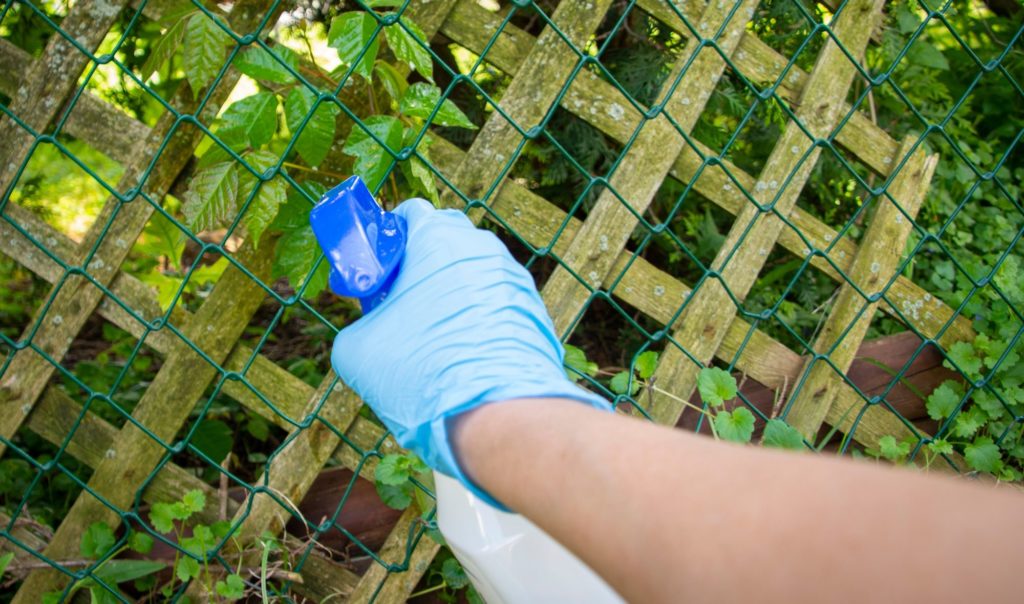While not everyone is sensitive to toxic plants like poison ivy, for four out of five people, accidental contact can result in a painful, lingering rash. Touching these plants can be dangerous or even fatal to those who are severely allergic.
Walking in dappled sunshine under leafy trees is one of the most pleasant warm weather experiences — unless an encounter with a poisonous plant spoils the fun. Before you head outside this fall, learn to recognize common types of skin-irritating foliage.
Identifying Poison Ivy
Most of us have heard the old adage, “leaves of three, leave it be,” but many plants have three leaves on a stem. Poison ivy can climb trees and structures like a vine, crawl in the shadows like an ordinary shrub, or trail along the ground beneath the undergrowth, making identification more difficult. To spot poison ivy, look for clusters of three leaves in a triangular arrangement at the tips of the stems. Poison ivy is red in the spring and fall. In the summer, the leaves turn a waxy bright green.
Knowing Poison Oak Differences
Poison oak also grows in a three-leaved arrangement, but while the leaves of poison ivy have smooth edges, poison oak’s leaves are divided into rounded lobes. The leaves are green in spring and summer, turning bright red or brown in the fall. Poison oak normally grows in a shrub shape, but some types grow in vine form.
Spotting Poison Sumac
Poison sumac is a shrub or small tree. Each leaf has a woody central stem with one pointed leaflet on the tip, followed by four to seven pairs of leaflets arranged along the sides. Poison sumac is green in spring and begins turning scarlet red in the summer.
Understanding Urushiol
Poison ivy, oak and sumac contain an oily substance known as urushiol, which is released when the leaves, stems or roots of the plant are broken. In sensitive individuals, contact with urushiol triggers an allergic reaction (dermatitis) wherever it touches the skin. If you have been exposed to one of these poisonous plants, an allergic reaction may appear up to three days later. The skin may become red, swollen and itchy. Blisters may form and later burst. The rash can take two or three weeks to heal completely.
To help prevent accidental exposure, wear protective clothing, including gloves, long sleeves and long pants, when working or playing outside. Applying barrier creams that contain bentoquatam may also offer some protection. Do not handle gardening tools with your bare hands after use, and clean them thoroughly to remove any urushiol on the surface before putting them away. If you come into contact with a poisonous plant, clean the skin with rubbing alcohol, grease-removing dishwashing liquid or poisonous plant soap. Taking an over-the-counter antihistamine, such as Benadryl, can help with allergic symptoms. If swelling is severe or you have trouble breathing, seek immediate emergency medical attention.
Sources:
